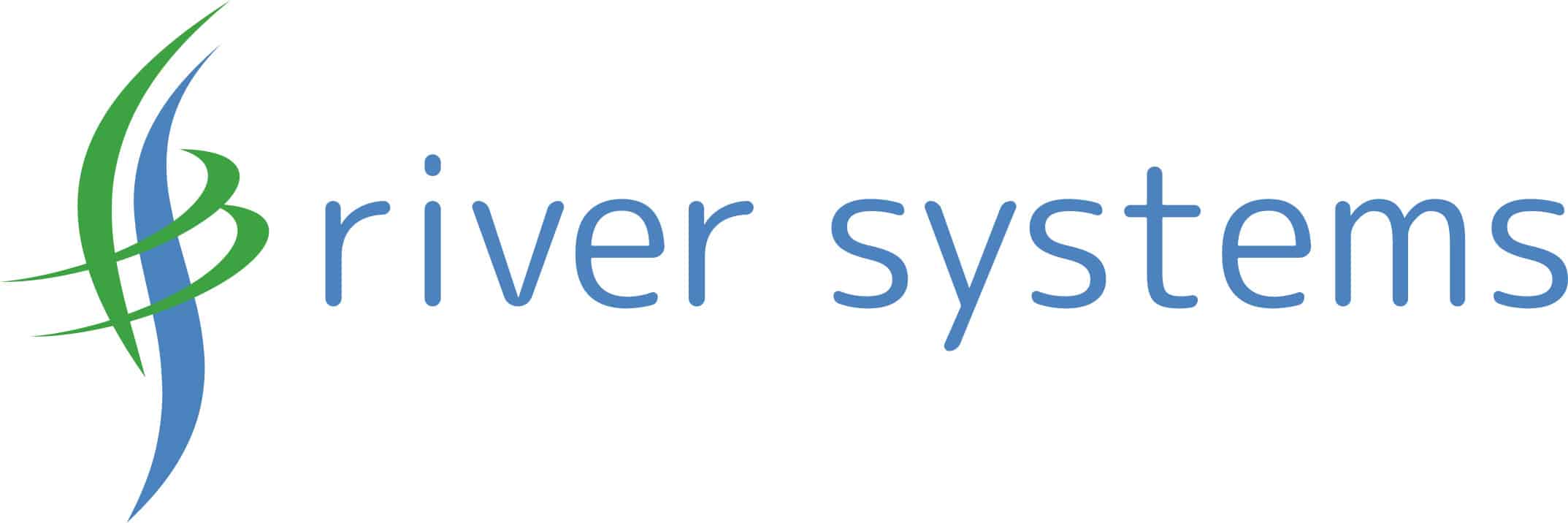The Future of Meeting Rooms: Embracing Connectivity and Innovation

Embracing the Future of Meeting Rooms: Connectivity, Innovation, and Simplicity
In the ever-evolving digital landscape, the way we work and collaborate has undergone a profound transformation. Remote collaboration, once a rarity, has now become a cornerstone of modern professional life. As we look ahead, it’s clear that this shift is not just a passing trend, but a significant evolution in how we communicate, innovate, and achieve our goals.
The Rise of the Hybrid Work Model
The hybrid work model, which combines traditional on-site work with remote collaboration, has revolutionized the way teams operate. Professionals from diverse backgrounds and locations can now seamlessly collaborate, breaking down geographical barriers and fostering inclusivity. This flexibility has opened up new opportunities for collaboration and creativity, enabling teams to draw on a global talent pool.
Benefits of Hybrid Work
- Increased Productivity: Many professionals find that the flexibility of hybrid work allows them to optimize their working hours, leading to increased productivity.
- Improved Work-Life Balance: The ability to work from home part-time can help employees better manage their personal and professional lives.
- Cost Savings: Organizations can reduce overhead costs associated with maintaining large office spaces.
- Talent Attraction and Retention: Offering a hybrid work model can make an organization more attractive to potential employees, while also improving retention rates for existing staff.
Virtual Teams: The Future of Collaboration
One of the most significant developments in remote collaboration is the rise of virtual teams. These teams, often comprised of individuals from different geographic locations, bring together unique skills and perspectives to work towards common goals. Virtual teams operate with flexibility and agility, leveraging technology to stay connected and respond to challenges and opportunities in real-time.
Key Characteristics of Effective Virtual Teams
- Clear Communication Protocols: Establishing clear guidelines for communication ensures that team members are on the same page, regardless of their physical location.
- Regular Check-Ins: Scheduled meetings and status updates help maintain team cohesion and keep projects on track.
- Shared Goals and Objectives: Having well-defined and shared goals gives virtual teams a common focus and driving force.
- Tech Savvy: Effective virtual teams are comfortable using a variety of digital tools for communication and collaboration.
The Role of Conference Room Technology
Technology plays a crucial role in facilitating remote collaboration, enabling professionals to communicate, share information, and collaborate effectively. Tools like video conferencing, content sharing, and Unified Communications (UC) cloud services (such as Microsoft Teams and Zoom) have become essential components of the modern conference room. As technology continues to advance, we can expect even more innovative solutions to enhance the remote collaboration experience.
Essential Tools for Modern Meeting Rooms
- Video Conferencing Systems: High-quality video conferencing solutions allow for face-to-face interactions, making remote collaboration feel more personal and engaging.
- Interactive Whiteboards: Digital whiteboards enable team members to share ideas visually and collaborate in real-time, even when they’re not in the same room.
- Wireless Content Sharing: Tools that allow participants to wirelessly share their screens promote more interactive and dynamic meetings.
- Integrated Scheduling Systems: Automated scheduling systems make it easier to coordinate meetings across different time zones and locations.
Overcoming Challenges in Remote Collaboration
While remote collaboration offers numerous benefits, it also presents unique challenges. Ensuring clear communication, fostering team cohesion, and maintaining work-life balance are just a few of the obstacles that professionals may face when working remotely. By prioritizing effective communication, setting clear expectations, and promoting a healthy work culture, these challenges can be mitigated, allowing teams to thrive in a virtual environment.
Strategies for Effective Remote Collaboration
- Regular Team-Building Activities: Virtual team-building exercises can help foster a sense of camaraderie and unity among remote team members.
- Clear Expectations and Guidelines: Establishing clear protocols for work hours, communication, and project management can help reduce confusion and improve productivity.
- Feedback Mechanisms: Regular check-ins and performance reviews ensure that team members feel valued and that their work is aligned with organizational goals.
- Work-Life Balance Initiatives: Encouraging employees to set boundaries and offering support for mental health can help prevent burnout.
Looking Ahead: The Future of Meeting Rooms
As we navigate the ever-changing landscape of remote work, it’s essential to embrace the opportunities that remote collaboration presents. By leveraging technology, nurturing strong relationships, and remaining adaptable, professionals can unlock new levels of productivity and creativity in the virtual workspace. The future of remote collaboration is bright, promising endless possibilities for professionals to connect, create, and collaborate in ways we never thought possible.
Trends in Meeting Room Technology
- Artificial Intelligence (AI): AI-driven tools can analyze meeting data to provide insights on productivity, participation, and areas for improvement.
- Virtual Reality (VR) and Augmented Reality (AR): These technologies offer immersive collaboration experiences, making remote meetings feel more like in-person interactions.
- Intelligent Meeting Spaces: Smart meeting rooms equipped with sensors can automatically adjust lighting, temperature, and audio settings based on occupancy and activity.
- Seamless Integration: The future of meeting rooms will focus on seamless integration of technology, making the user experience as simple and intuitive as possible.
Embracing the Future Together
The future of meeting rooms is about more than just working from home—it’s about embracing connectivity, innovation, and the limitless potential that technology offers. By focusing on packages and simplicity rather than the technology itself, organizations can make the transition to hybrid work models seamless for their employees.
Steps to Prepare for the Future
- Invest in User-Friendly Tech: Opt for tools that are intuitive and easy to use, reducing the learning curve for employees.
- Prioritize Training and Support: Offer ongoing training and support to help employees make the most of new technologies.
- Stay Agile and Adaptable: Embrace a mindset of continuous improvement, staying open to new ideas and technologies.
- Focus on the Human Element: Remember that technology is a tool to facilitate collaboration—human connection and relationships are still at the heart of successful teamwork.
Conclusion
As we move forward into a future shaped by remote and hybrid work models, the way we collaborate will continue to evolve. By embracing connectivity, leveraging innovative technology, and prioritizing simplicity and user experience, organizations can unlock new levels of productivity, creativity, and collaboration. The future of meeting rooms is not just about technology—it’s about how we use that technology to bring people together and achieve great things.
Let’s embrace the future of remote collaboration together and chart a course towards a connected, innovative, and limitless world of work.
